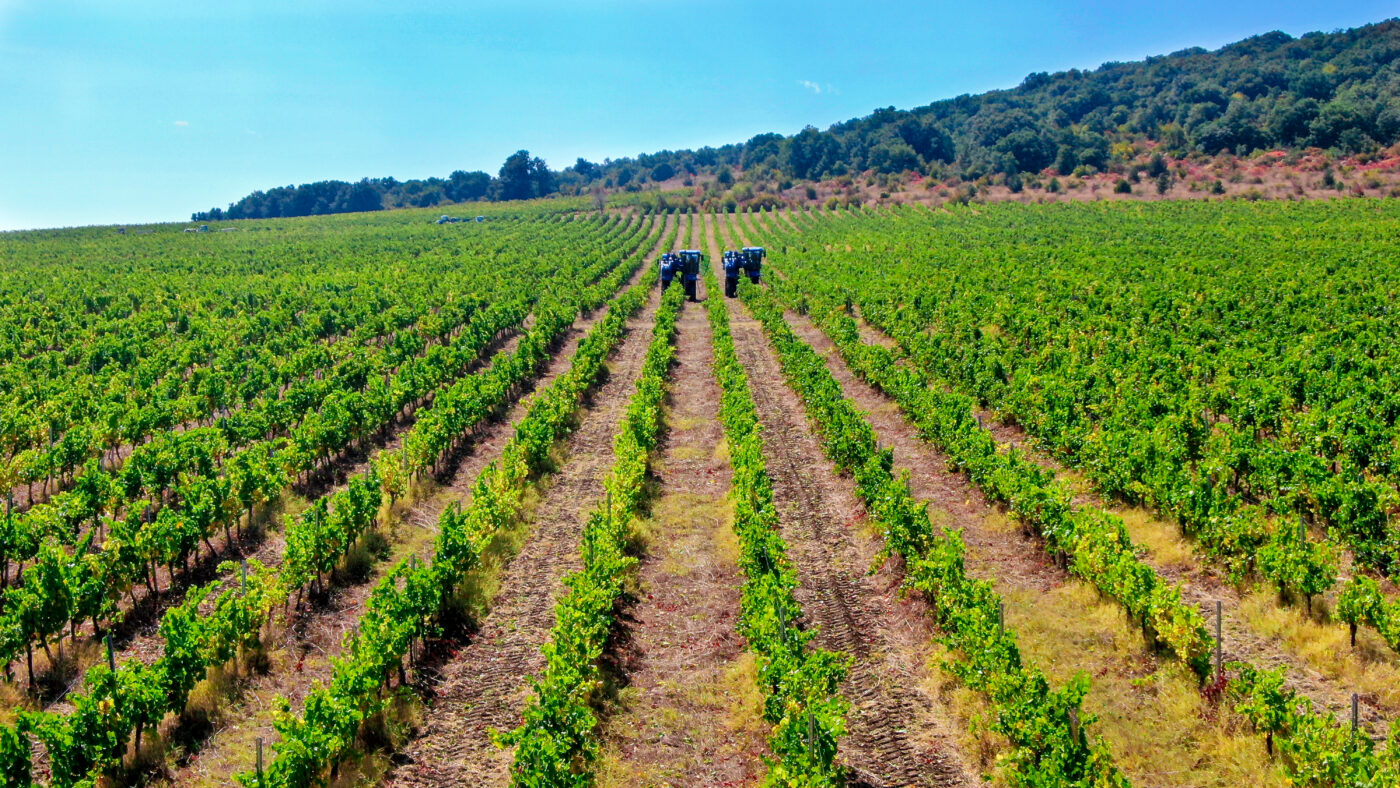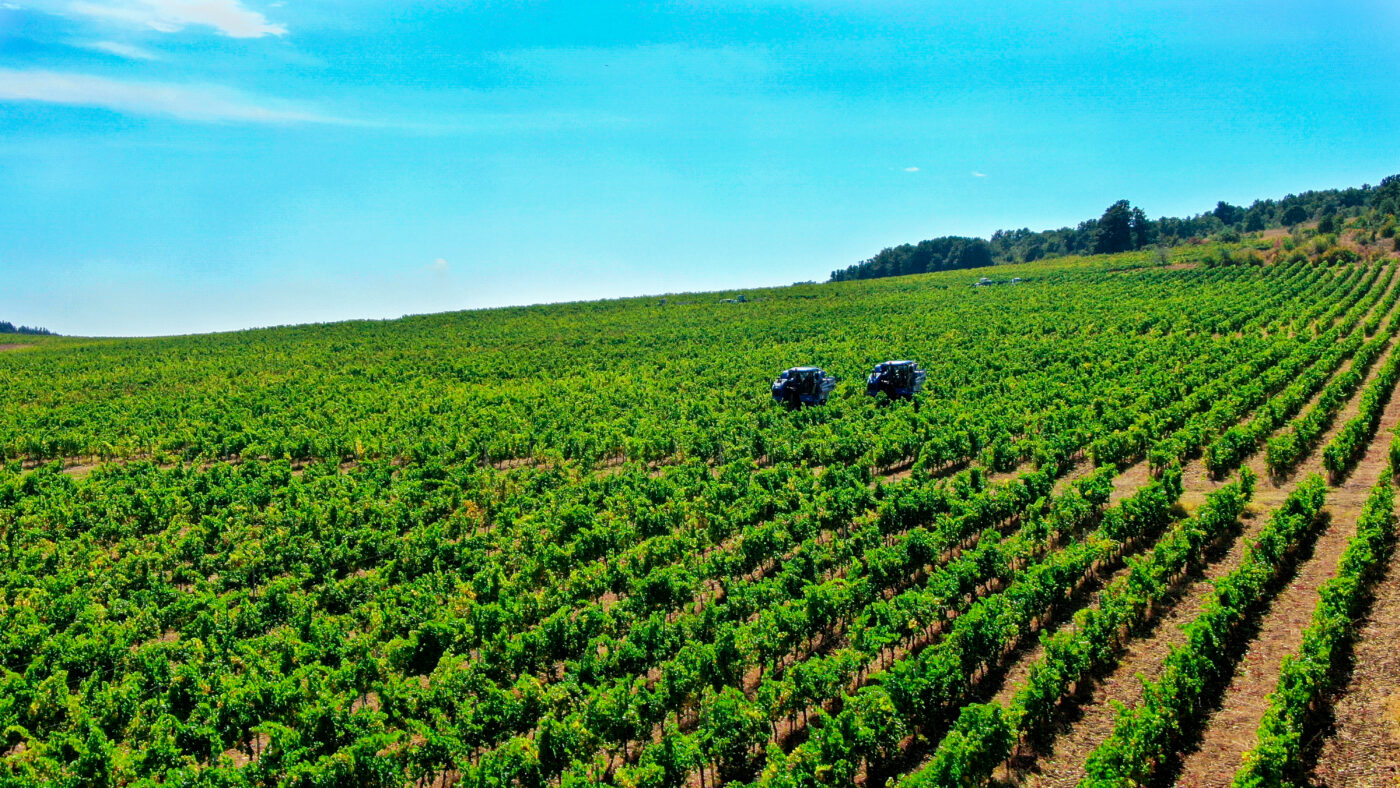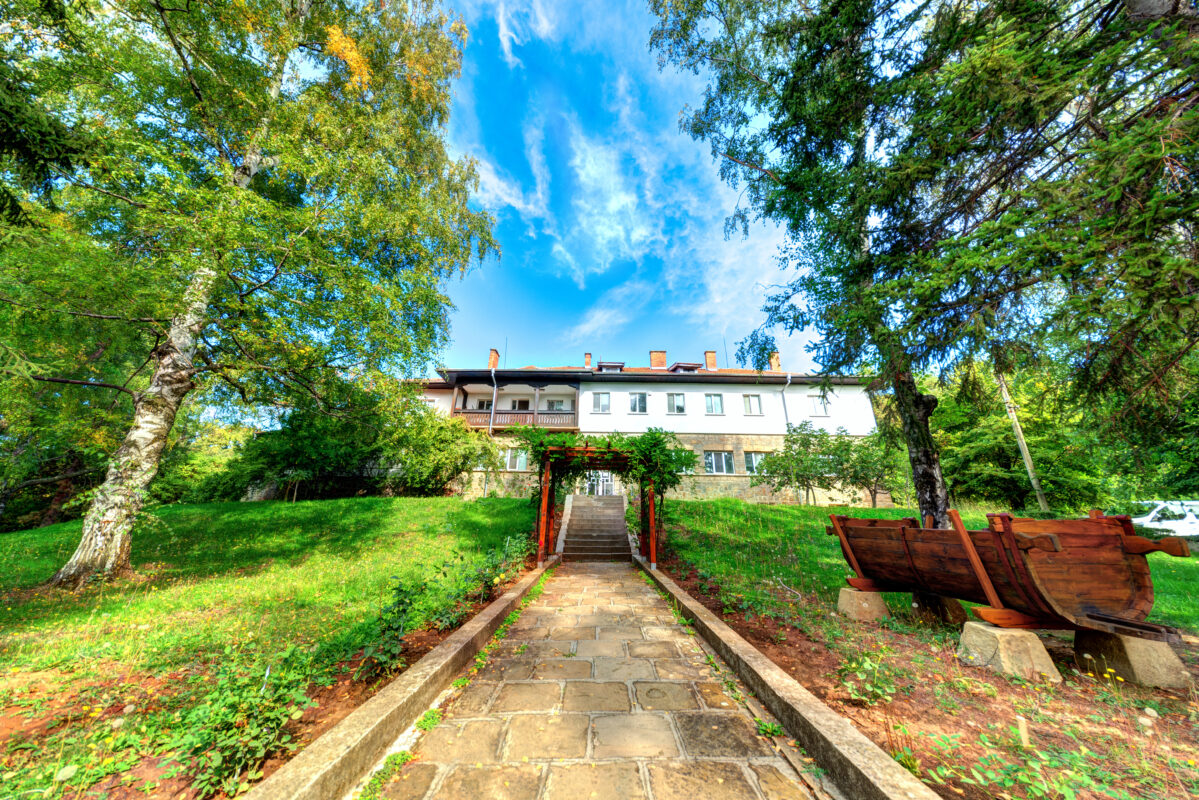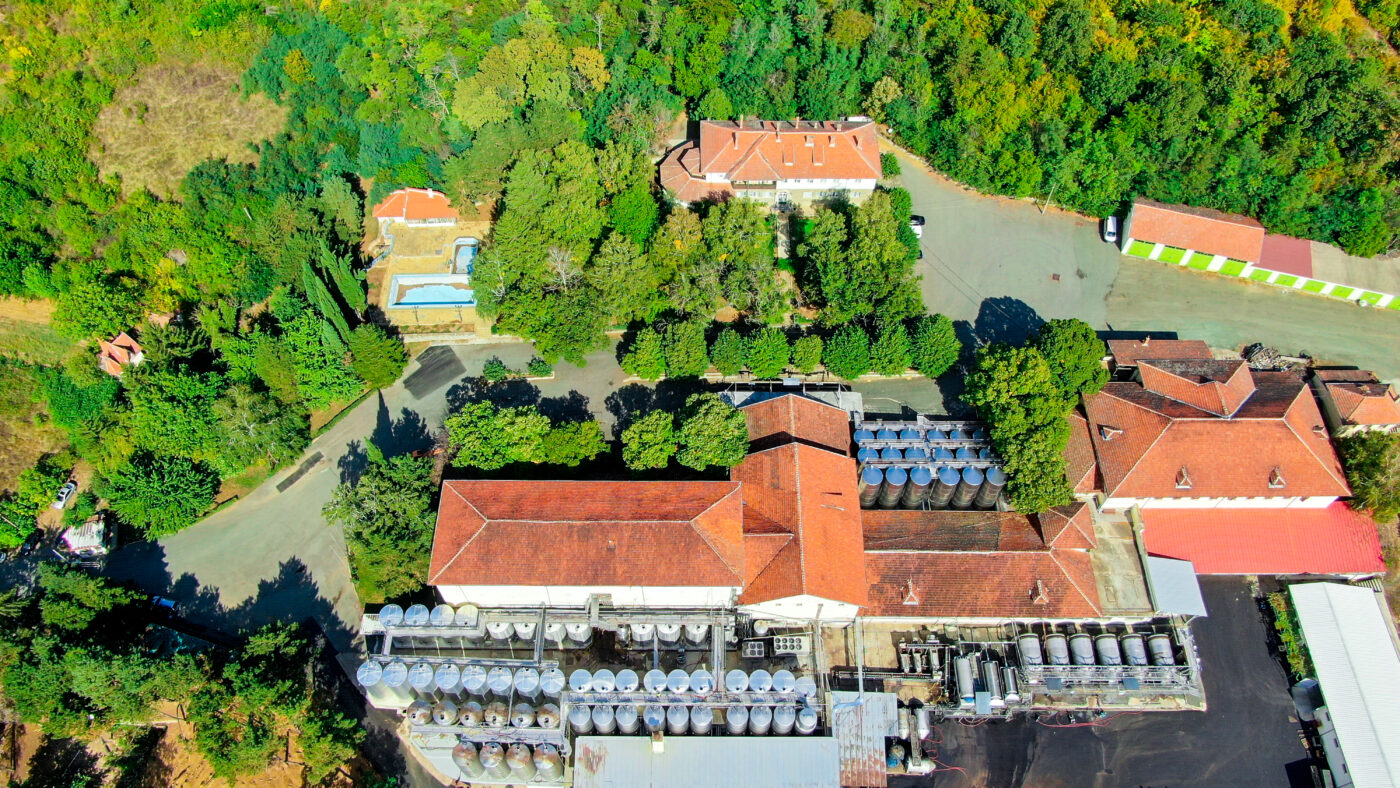




Terroir
The distinctions between two nearby vineyards can be significant, and no two wine-growing locations are the same. Terroir, which derives from French and means “feeling of place,” is what distinguishes each wine. Although there is no formal definition of “terroir,” it is often used by wine lovers to describe the characteristics of a product, and it is based on a mix of various viticulture factors such as temperature, climate, soil composition, and topography.
When we talk about temperature as a component of terroir, we’re talking about average temperatures across time, not present meteorological conditions relating to specific crops. Warmer climates produce grapes with lower acidity, more sugar, and a deeper color, resulting in bolder, fruitier wines.
Rainfall, humidity, wind, frost, hail, and sunlight all play a role in the formation of wine, and while temperature is an important component in grape cultivation, the overall climate must also be considered. While sunlight is required for high sugar content, too much of it might cause the crop to burn. Rain is necessary for vine development, but too much might make them sick or dilute their flavors, and high winds can cause ripening to be slowed, which isn’t necessarily a bad thing, but it will certainly affect the overall product.
A region’s climate is primarily influenced by its geographic position, but smaller sub-regions and even individual vineyards may have their own microclimate, resulting in wines that are particularly unique.
Vineyards
Vinex Slavyantsi lies in the Sungurlar Valley, a semi-mountainous, hilly terrain at an altitude of 180 to 220 meters. Because of the valley’s proximity to the Balkan Mountains and the Black Sea, the winters are mild and the summers are hot, with consistent humidity throughout the year.
Temperatures rarely drop below 0° C, and the soils are light, sandy-clayey, woodland, with relatively low fertility, ideal for producing high-quality, flavorful wines.
The vineyards of Vinex Slavyantsi cover an area of around 7,000 acres on the valley’s southern slopes. On their land, a wide range of types are grown:
Red Misket, Dimyat, Chardonnay, Grunerveltliner, Muscat Ottonel, German Riesling, Viognier, Sauvignon Blanc, Gruner, and Pinot Gris are among the whites available.
Pinot Noir, Merlot, Cabernet Sauvignon, Cabernet Franc, and Syrah are the available reds.


Vinex Slavyantsi AD is the first winery in Europe and Bulgaria to achieve Fair for Life certification.
.
LEVA Foundation (from Bulgarian – lions, from Swedish – life) was founded in 2008 by Vinex Slavyantsi, the Swedish partner Hertz Winimport
In 2013 and 2014 Vinex Slavyantsi AD successfully passed an audit carried out by the British company UL VS Ltd., commissioned by the Swedish wine monopoly “Systembolaget AB”
.
